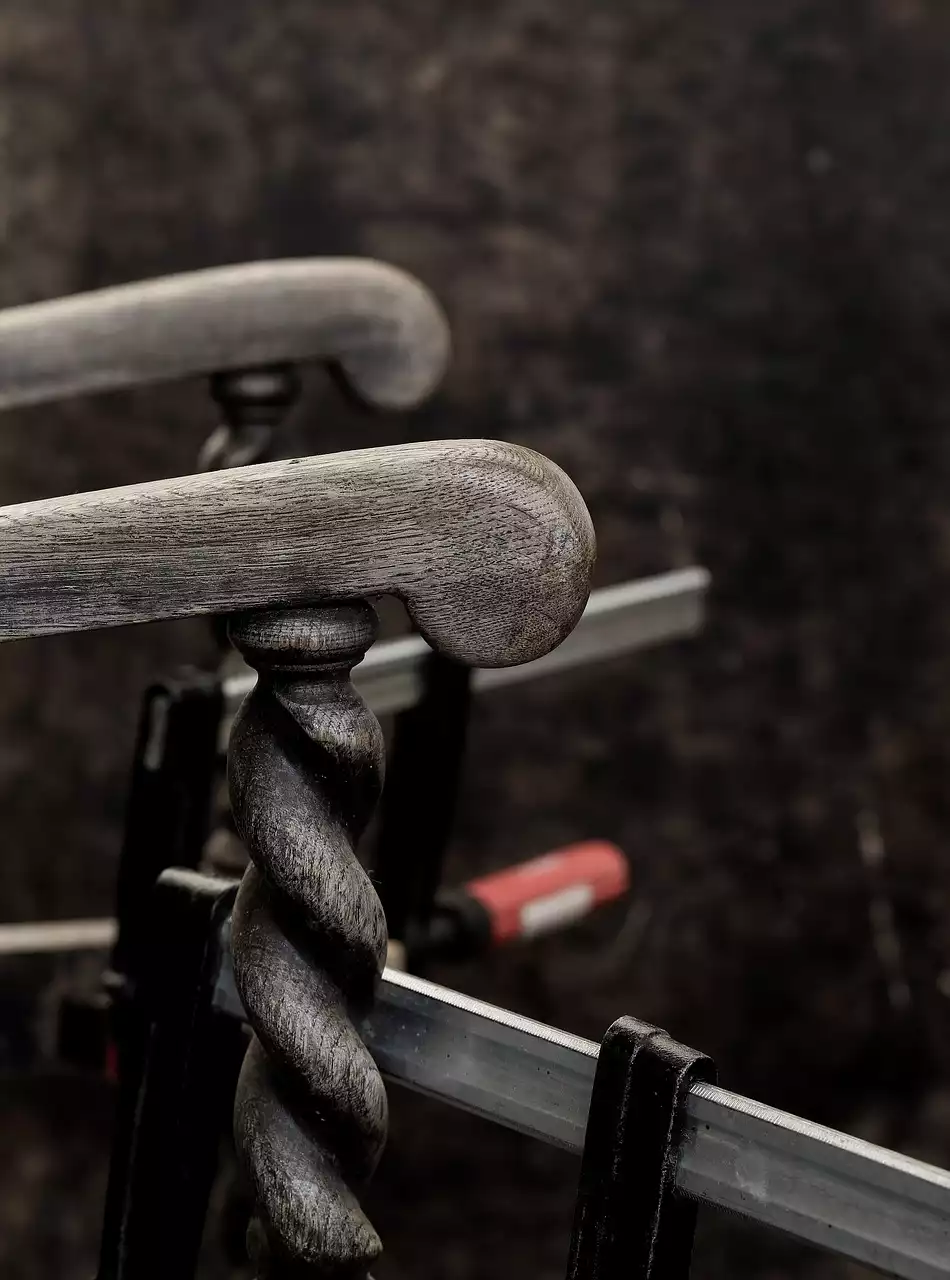Restoring an antique table is a rewarding and satisfying project. Whether you are looking to preserve a piece of family history, or simply have a love of antiques, the process of restoring a vintage table can be both enjoyable and exciting. The process can be challenging, however, and require a variety of skills and supplies. Understanding the types of materials that are used, the techniques of restoration, and the importance of preserving the original condition of the table are all important steps that must be taken to ensure a successful restoration. With the right knowledge and a bit of patience, restoring an antique table can be a rewarding and enjoyable experience.
Techniques of restoration
- Repair: Repair is the process of fixing breaks, cracks, and stains in the table to restore it to its original condition. Repairing the table can be done with a variety of materials, such as wood glue, epoxy, or sawdust.
- Stripping: Stripping is the process of removing old finishes and restorations, such as varnishes or lacquers, to restore the table to its original condition. When stripping a table, it is important to use the correct stripper and safety equipment.
- Sanding: Sanding is used to smooth out rough or uneven areas on the table to remove marks and repairs. There are many different types of sanding, including hand sanding, belt sanding, and orbital sanding.
Preserving the original condition of the table
When restoring an antique table, it is important to preserve the original condition of the table as much as possible. This can be done by choosing the correct materials and supplies that won’t damage the wood, following the proper safety procedures, and by being careful when working with and handling the table. - Use the correct materials: The type of materials used for the restoration will depend on the condition of the table. If the table is in good condition, it is often wise to not replace any parts of the table. - Be careful: When working with the table, be sure to be gentle and use proper lifting techniques. It is important not to lift the table by the top edge of the table, as this can cause the ends of the table to break. - Follow safety procedures: When stripping the table, it is important to use the correct safety procedures to avoid damaging the table. It is also important to be careful with the type of sandpaper that is used and to always wear protective gear.
Cleaning and repairing the table
A table can be cleaned and repaired in a variety of ways, depending on the material and condition of the table. It is important to carefully assess the table before cleaning and repairing it. Below are some common ways to clean and repair an antique table.
- Sanding: Sanding is a common way to clean and repair an antique table. It is important to choose the correct sandpaper and follow the correct sanding procedure. It is best to start with coarse sandpaper, such as 80 grit, and work your way up to fine grit, such as 180 grit.
- Stripping: Stripping is a common way to clean and repair an antique table. It is important to choose the correct stripper for the material of the table. Stripping can be a messy process and should be done in a well-ventilated area.
- Refinishing: Refinishing an antique table may be necessary if the finish is badly damaged. To refinish a table, the table must be sanded and then sealed before the finish can be applied.
Sealing and protecting the finish
Once the table has been cleaned and repaired, it can be sealed and protected to help preserve the original finish and prevent further damage. Many different types of finishes can be applied to the table to protect and seal the finish. Common finishes include shellac, lacquer, and wax. It is important to choose a finish that will protect the table while also allowing the wood to breathe. If the table is made from a different wood species, it is important to choose a finish that won’t damage the wood and that has UV protection. It is also important to follow the recommended application and drying times for the finish to ensure that the table is properly protected.
Creating a decorative display
Once a table has been thoroughly restored, it can be transformed into a beautiful and decorative table that can be enjoyed by the whole family. A table can be transformed into a coffee table, a side table, or even a vanity table. To create a decorative coffee table, it is important to choose a table with a wide enough top to fit a coffee mug. To create a side table, choose a table with a lower profile. To create a vanity table, choose a table with a wide top that is low enough for a makeup mirror. Once the table has been selected, it is important to clean and refinish the table. The table can then be stained and sealed, or covered with a decorative tabletop such as tile or fabric.

.png?size=50)
 Forums for Yoga and Meditation Enthusiasts to Connect and Share Experiences
Forums for Yoga and Meditation Enthusiasts to Connect and Share Experiences
 What are Virtual Reality Haptic Gloves?
What are Virtual Reality Haptic Gloves?
 The history of Ibanez guitars
The history of Ibanez guitars Restoring a Wooden Boat for a Hobby
Restoring a Wooden Boat for a Hobby Marquetry is a Step up as a Hobby
Marquetry is a Step up as a Hobby Choosing Carpentry for a Hobby
Choosing Carpentry for a Hobby Carpentry - Restoring Furniture as a Hobby
Carpentry - Restoring Furniture as a Hobby